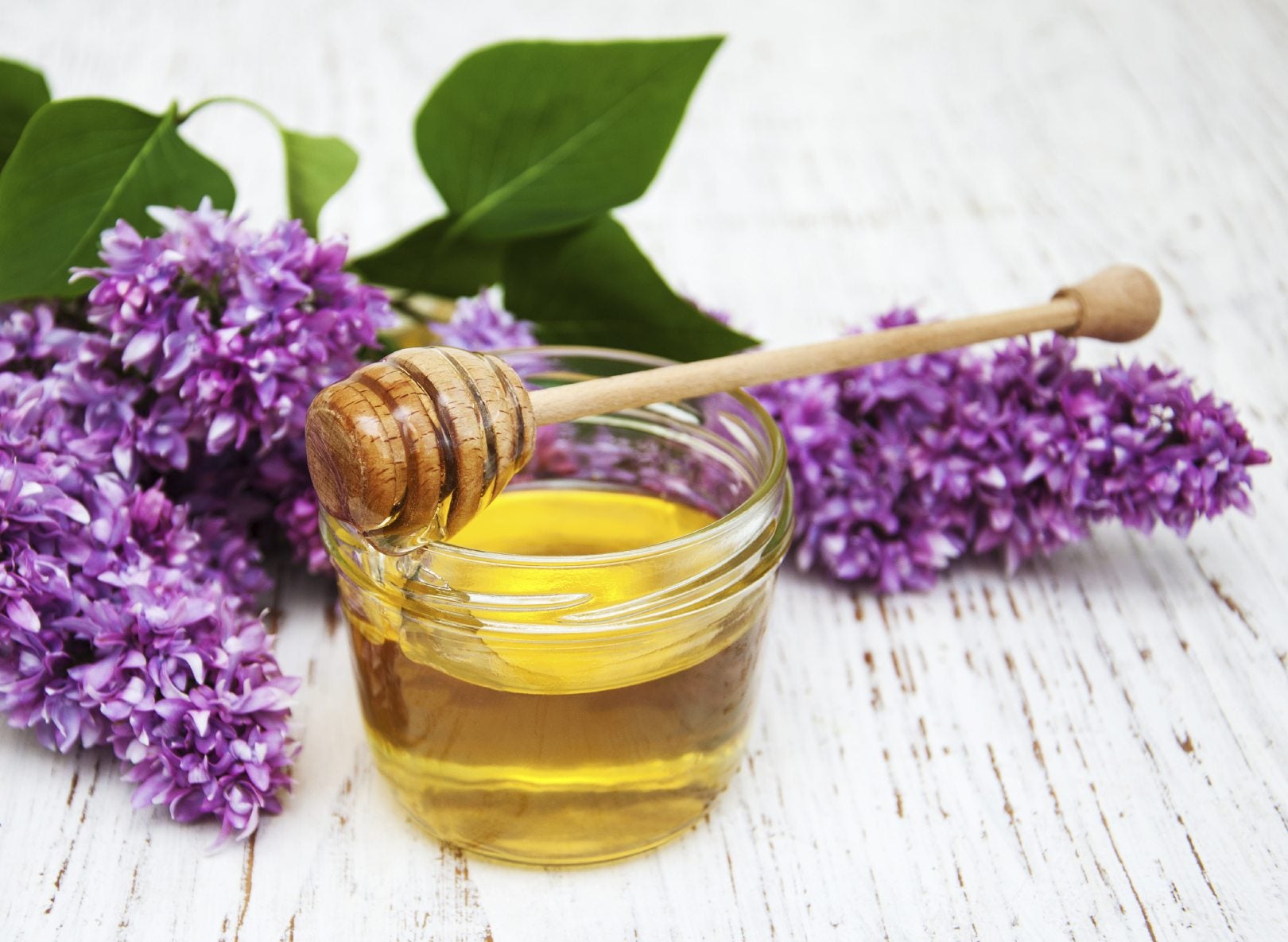Natural Rooting Methods – Organic Rooting Options For Cuttings


Rooting is a good way to propagate plants. If you cut off new growth from an established plant and put it in the ground, it just might take root and grow into a new plant. While it is sometimes just that easy, the success rate for this process is not particularly high. It can be greatly increased by the aid of a rooting hormone. These can be bought in the store, but if you want to stay away from chemicals or simply save some money, there are plenty of organic ways of making your own rooting hormone at home, often from materials you probably already have.
Natural Rooting Methods
One of the main ingredients in synthetic rooting hormones is Indole-3-butyric acid, a material that stimulates root growth, protects it from disease, and is found naturally in willow trees. You can make your own willow water for rooting cuttings easily.
- Cut a few new shoots from a willow and slice them into 1 inch (2.5 cm) pieces.
- Steep the willow pieces in water for a few days to create a willow tea.
- Dip your cuttings in the tea directly before planting them, and their survival rate should dramatically increase.
Stinging nettle and comfrey tea are effective alternatives if you don’t have access to a willow. Another method for making your own rooting hormone is to mix 3 teaspoons (15 ml.) of apple cider vinegar in 1 gallon (4 L.) of water. Dip your cuttings in this solution just before planting.
Additional Organic Rooting Options for Cuttings
Not all natural rooting methods involve mixing up a solution. The very easiest method for rooting plants organically uses only one ingredient that you’re guaranteed to have at home: spit. That’s right-- give your cuttings a lick just before planting to enhance root productivity. NOTE: Just be absolutely sure your plant isn’t poisonous first! Cinnamon is a natural killer of fungus and bacteria that can be applied directly to your cutting to protect it. Dip your cutting in one of the wetter options listed here first to help the cinnamon stick better and double your protection. Honey is a good bacteria killer too. You can smear some honey directly on your cutting or, if you want, mix up a tea of 1 tablespoon (15 ml.) honey in 2 cups (473 ml.) boiling water. Cool the tea back down to room temperature before using it, and store it in a dark place.
Gardening tips, videos, info and more delivered right to your inbox!
Sign up for the Gardening Know How newsletter today and receive a free copy of our e-book "How to Grow Delicious Tomatoes".

The only child of a horticulturist and an English teacher, Liz Baessler was destined to become a gardening editor. She has been with Gardening Know how since 2015, and a Senior Editor since 2020. She holds a BA in English from Brandeis University and an MA in English from the University of Geneva, Switzerland. After years of gardening in containers and community garden plots, she finally has a backyard of her own, which she is systematically filling with vegetables and flowers.